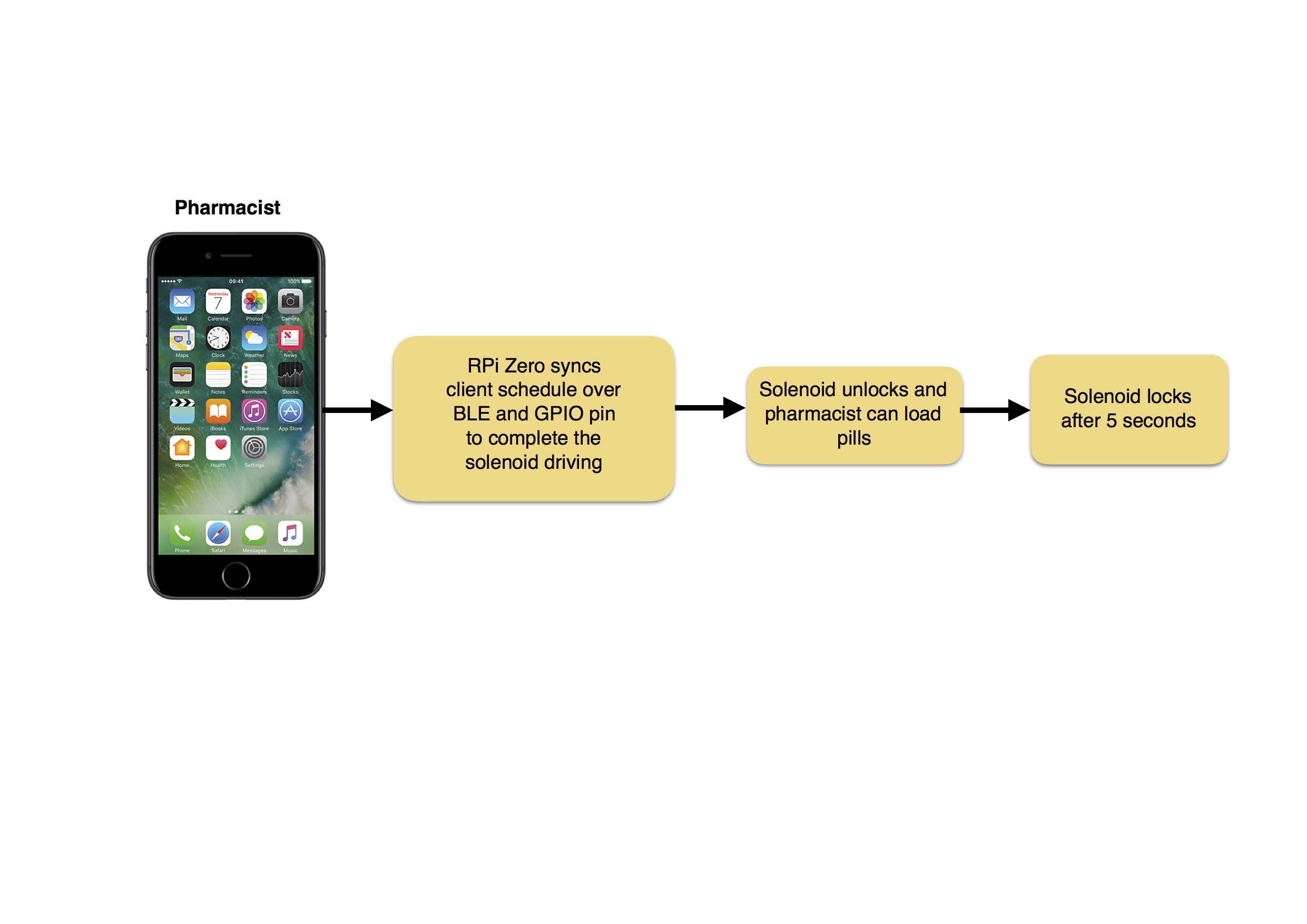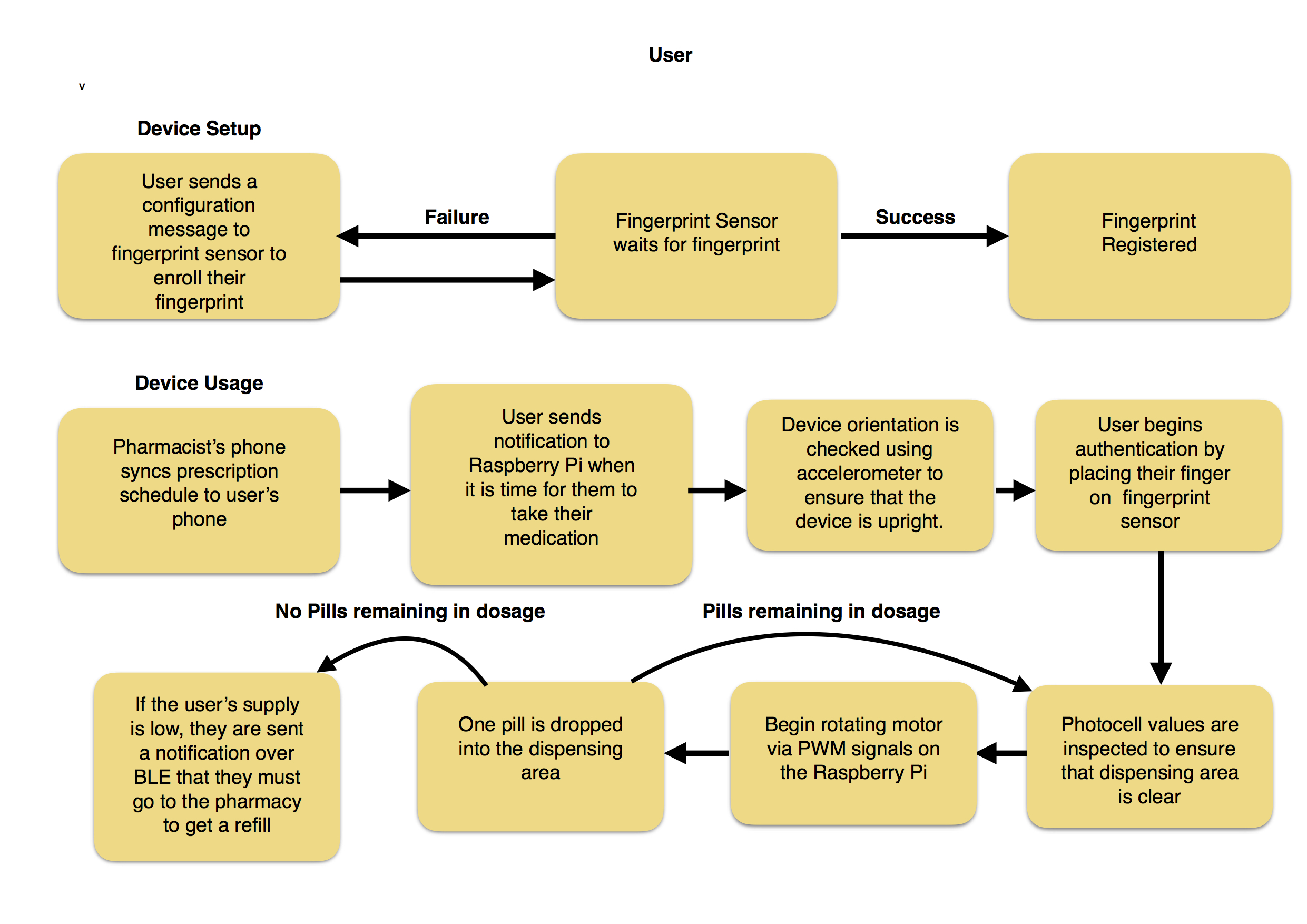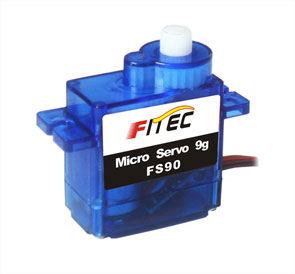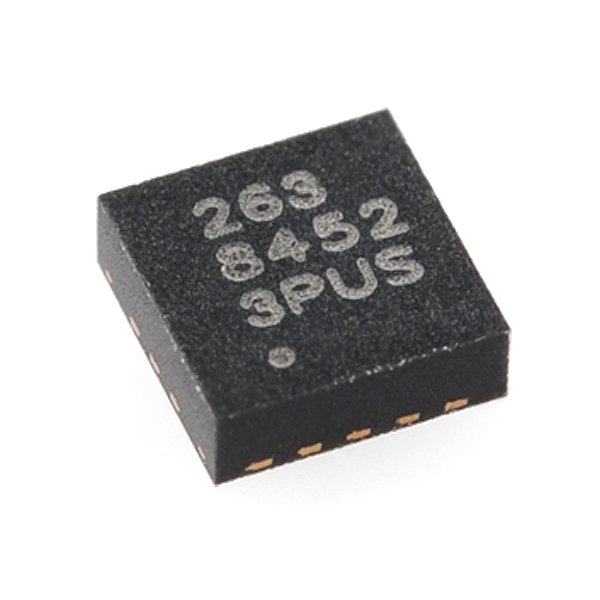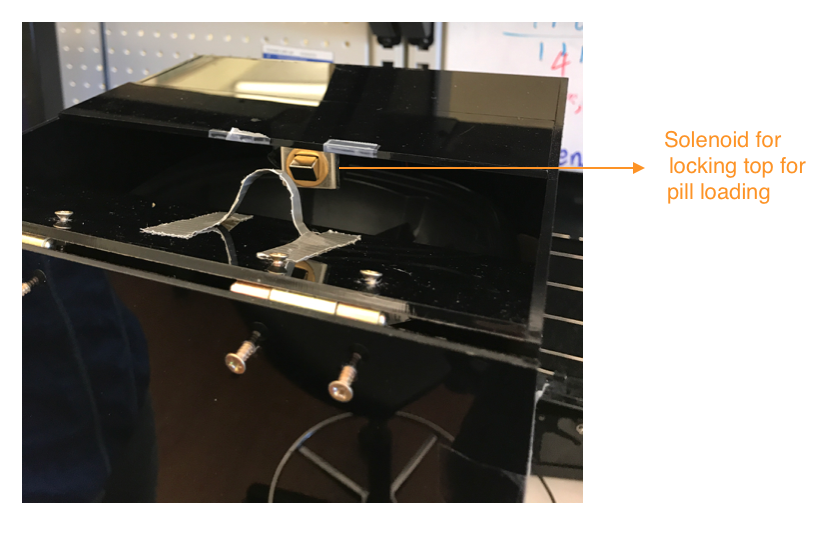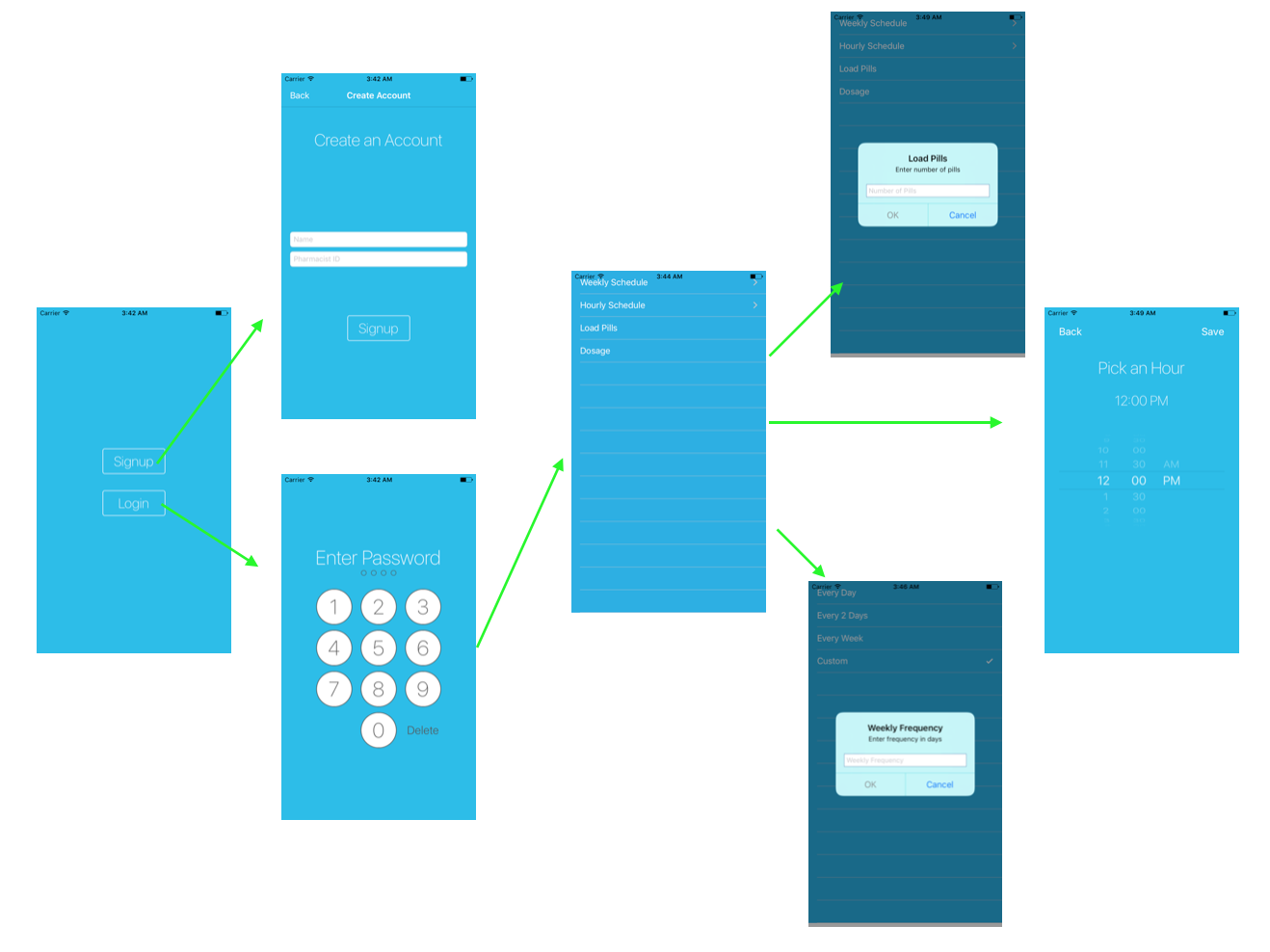Competition
There are several other automated pill dispensers out there
GMS Med-e-lert Automatic Pill Dispenser
Each day’s pills must be loaded manually, and there is no biometric access control
However, these dispensers are geared towards the elderly, to remind patients to take their medication. Our product is geared towards a more secure storage and delivery system for prescription medication. We will have built in biometric access control, which alternatives either do not provide or provide at high cost.



